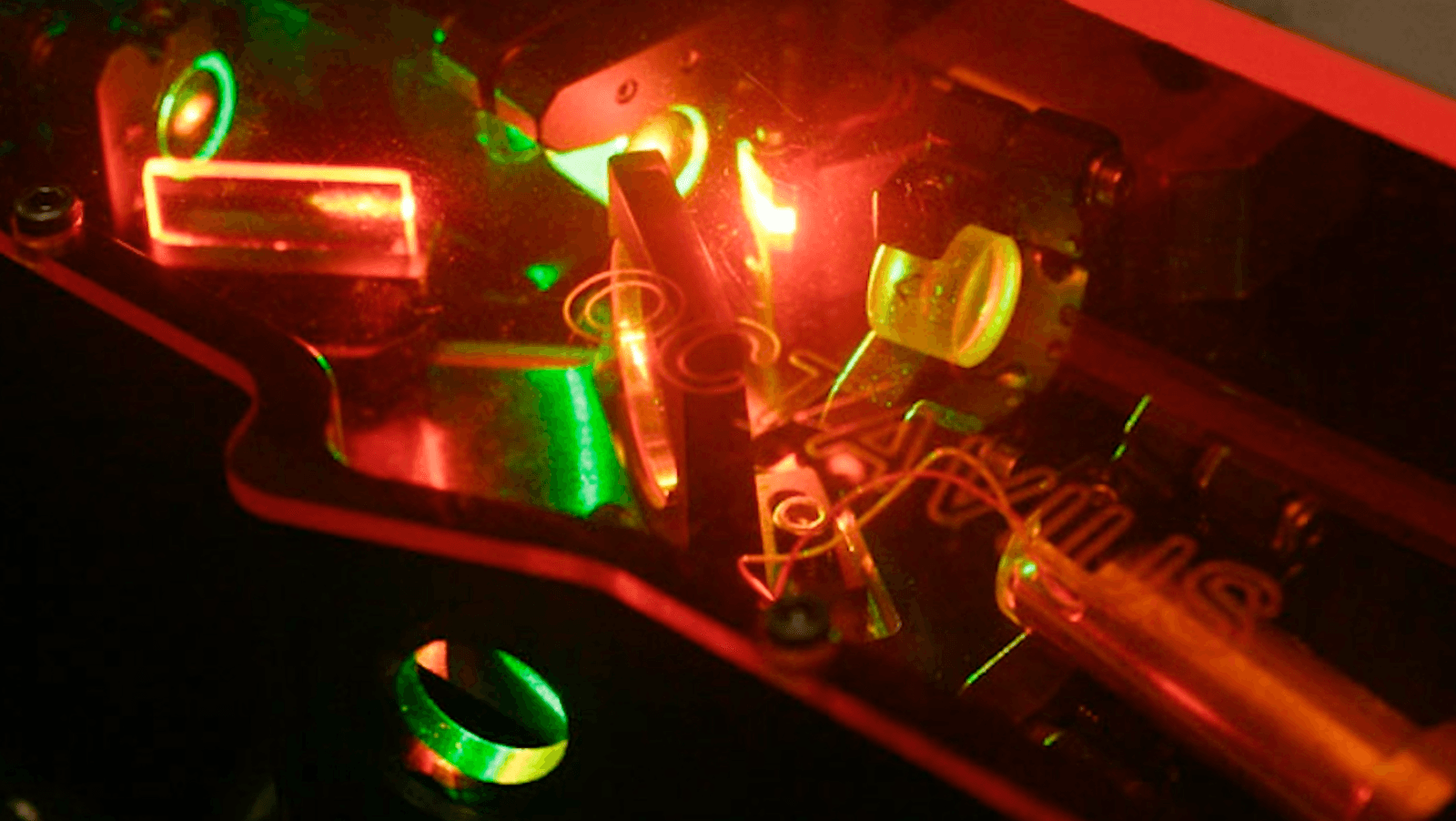Seeing in Infrared
MIT’s SuperFIRE instrument will enable inquiry into the cosmos, supporting the U.S. Extremely Large Telescope Program

A revolution is coming to ground-based astronomy in the form of the next generation of Extremely Large Telescopes, known as ELTs in the astrophysics field. Just as JWST ushered in an exciting new time for space-based telescopes, the U.S. Extremely Large Telescope Program aims to revolutionize understanding of the cosmos in the coming years, as laid out in the Astro2020 Decadal Survey.
At MIT, the Kavli Institute for Astrophysics and Space Research is developing an instrument with the capability to enable inquiry in these impressive Earthly telescopes. Known as SuperFIRE, this optical infrared spectrometer will be able to study phenomena as varied as exoplanet atmospheres, strong gravity astrophysics, and the emergence of stars and galaxies.
The Kavli Foundation awarded MIT and the Kavli Institute for Astrophysics and Space Research $3.1M to pursue development of SuperFIRE from concept to design readiness.
SuperFIRE is modeled after FIRE (also developed by the MIT Kavli Institute), the infrared spectrometer currently in use on the 6.5-meter Magellan telescopes deployed in Chile. To be utilized in next-generation telescopes – the Giant Magellan Telescope and the Thirty Meter Telescope – SuperFIRE will need to be much more advanced to meet the demands brought by the four-fold size increase coming with Extremely Large Telescopes.
“We’re building a spectrometer for a generation of telescopes that doesn’t yet exist,” said Robert Simcoe, director of the MIT Kavli Institute for Astrophysics and Space Research. “When you’re trying to build something this large, the traditional ways to perform design studies don’t scale along with it. With funding from The Kavli Foundation, we’ll do a study to understand how we can build it, how long it will take, and what it will cost. There are more risks to be retired when you’re doing something at the bleeding edge like this.”
The Kavli Institute at MIT has a proven track record of successful instrument development and execution, including past successes like TESS, for which Kavli Foundation funds also proved pivotal.
“This award is an example of how The Kavli Foundation can further support its institutes with project-based funding, enabling the pursuit of specific frontier research,” said Greg Mack, science program officer in astrophysics at The Kavli Foundation. “Philanthropy plays an important role in funding projects at an early stage, before larger government investment is likely. We are thrilled to support this exciting endeavor, with potential to play a crucial role in the future of ground-based astronomy.”